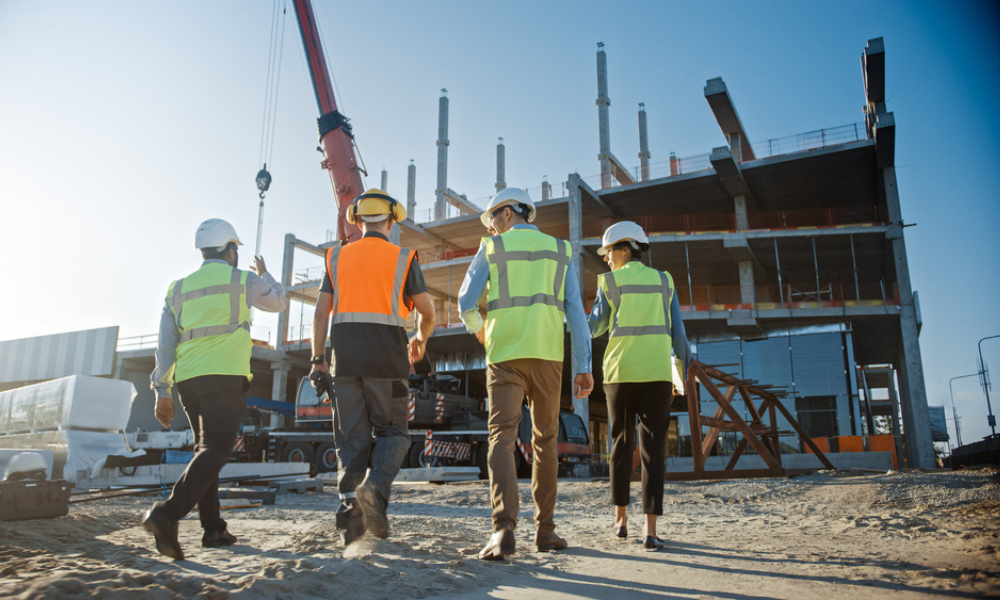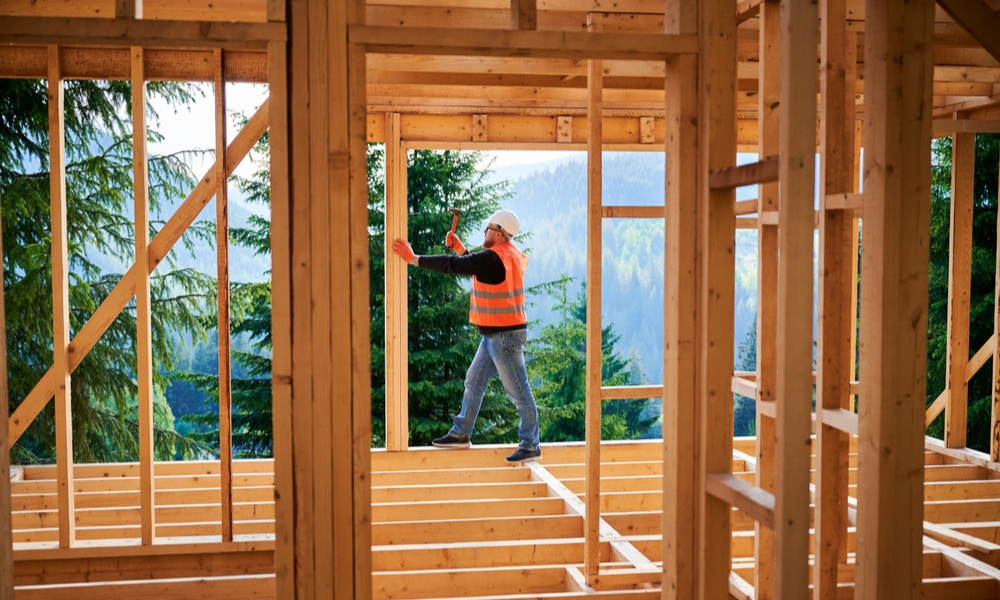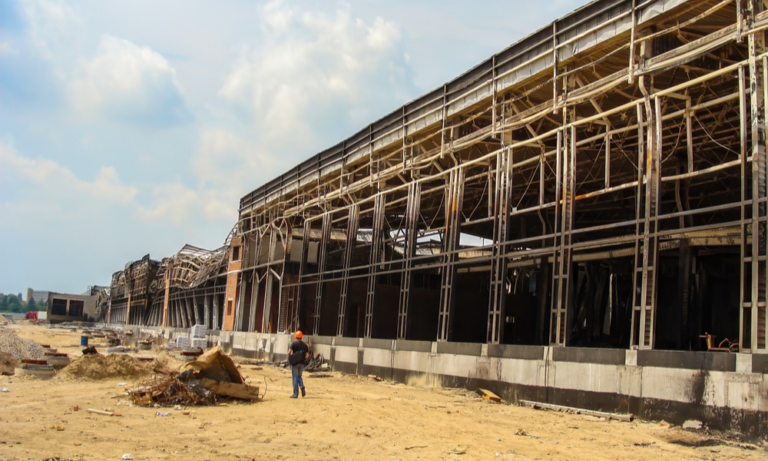Estimated reading time: 5 minutes
Framing is the backbone of any construction project. Done right, it ensures a structure is strong, safe, and durable. Done wrong? Well, let’s just say I’ve seen mistakes that make houses look more like abstract art. Through my years in the field, I’ve encountered the most common framing errors—and learned how to avoid them.
This guide will help you steer clear of these pitfalls:
- Measurement mishaps that lead to structural problems.
- Selecting unsuitable resources for your project.
- Skipping pre-construction prep work.
- Overlooking the importance of solid connections.
- Neglecting environmental factors.
Let’s break these down so you can save time, money, and headaches on your next project.
1. Measurement Mishaps
Getting measurements wrong is one of the simplest—and most frequent—ways to derail a framing project. A few inches off, and suddenly doors don’t close, windows don’t fit, and your carefully planned structure looks like a funhouse.
Why it matters: Every piece of wood, beam, or fastener depends on precise dimensions to fit together seamlessly. A single mistake can set off a chain reaction, affecting the integrity of the entire frame.
How to avoid it:
Always double-check your numbers. Measure twice, cut once.
Use reliable tools like digital tape measures and laser levels to minimize errors.
Stick to the plan. Freestyling during a framing project is a recipe for disaster.
Pro tip: Leave room for minor adjustments, but don’t rely on “close enough.” A little foresight saves a lot of backtracking.
2. Choosing the Wrong Resources

The materials you choose directly impact the quality of your framing. Using unsuitable or low-grade options might save a few bucks upfront, but it’ll cost you later in repairs and replacements.
Why it matters: Weak or inappropriate materials can compromise a building’s durability. For example, untreated wood can rot quickly in humid environments, and flimsy fasteners might not hold under stress.
How to avoid it:
Choose materials suited to your climate and project type. Pressure-treated wood works well in damp areas, while steel may be a better fit for commercial buildings.
Work with a trusted supplier. Building relationships with your vendors often means access to better quality and advice.
If you’re deciding between wood and steel, consider reading this comparison to weigh your options.
3. Skipping Pre-Construction Prep
Starting a framing project without proper preparation is like setting off on a road trip without checking your fuel gauge. Sure, you might get lucky—but chances are, you’ll run into trouble along the way.
Why it matters: Prepping the site ensures that everything is level and ready for construction. Without this step, you risk misaligned walls and structural instability.
How to avoid it:
Clear and level the ground thoroughly before bringing in materials.
Make sure your tools are in working order.
Plan for periodic inspections during construction. This guide can help you understand inspection requirements.
Fun fact: A well-prepped site is like setting the stage for a play—everything runs smoother when the foundation is solid.
4. Weak Connections

The connections in a frame are like the bolts in a bridge: small, often overlooked, but absolutely critical. Poorly secured joints can lead to creaks, sags, or worse.
Why it matters: Even the sturdiest beams and panels are only as strong as the fasteners holding them together. Weak connections compromise the entire structure’s safety and longevity.
How to avoid it:
Use the correct fasteners for the job. Nails and screws might look similar, but they serve different purposes.
Don’t overtighten bolts, which can weaken the connection.
Inspect all connections regularly throughout the build.
Pro tip: Think of fasteners as your frame’s handshake—it should be firm but not crushing.
5. Ignoring Environmental Factors
Nature doesn’t take a break, and framing projects need to adapt. I’ve seen warped wood, rusted screws, and even whole sections of frames ruined because the weather wasn’t taken into account.
Why it matters: Weather conditions and environmental factors can affect both the materials and the overall build process.
Avoid it:
Store materials in dry, protected areas to prevent damage.
Avoid working during extreme weather unless absolutely necessary.
Opt for moisture-resistant or treated materials if you’re building in humid or wet conditions.
Note: If you’re aiming to improve energy efficiency, proper framing techniques can help. Check out this resource for tips on how framing contributes to sustainability.
6. Overloading the Structure (Bonus Insight)
Sometimes, enthusiasm gets the better of us, and we push the limits of what a frame can handle. Overloading beams or walls with excessive weight is a common mistake.
Why it matters: Frames are designed to support specific loads. Overloading can lead to sagging, cracking, or even collapse.
How to avoid it:
Work with an engineer or architect to calculate load requirements.
Avoid hanging heavy features (like HVAC systems) on unsupported beams.
7. Skipping the Right Team (Bonus Insight)
Framing is not a one-person job, and cutting corners on skilled labor is a risky gamble.
Why it matters: A good team ensures the project stays on track, on budget, and structurally sound.
Avoid it:
Hire experienced professionals who understand framing best practices.
If you’re considering hiring a contractor, check out this guide for advice.
Benefits of Avoiding These Mistakes
By steering clear of these common errors, you’ll enjoy:
Better structural integrity: Your frame will stand the test of time.
Cost savings: No rework, no extra materials.
Peace of mind: Fewer sleepless nights worrying about the project.
Final Thoughts
Framing isn’t just about putting pieces together—it’s about doing it right the first time. By focusing on proper planning, high-quality resources, and attention to detail, you can avoid the mistakes that plague so many projects.
Whether you’re framing a cozy home or a large commercial space, remember: the effort you put in today determines the strength and safety of what you build tomorrow.
Ready to tackle your next project? Let’s make it rock-solid.



